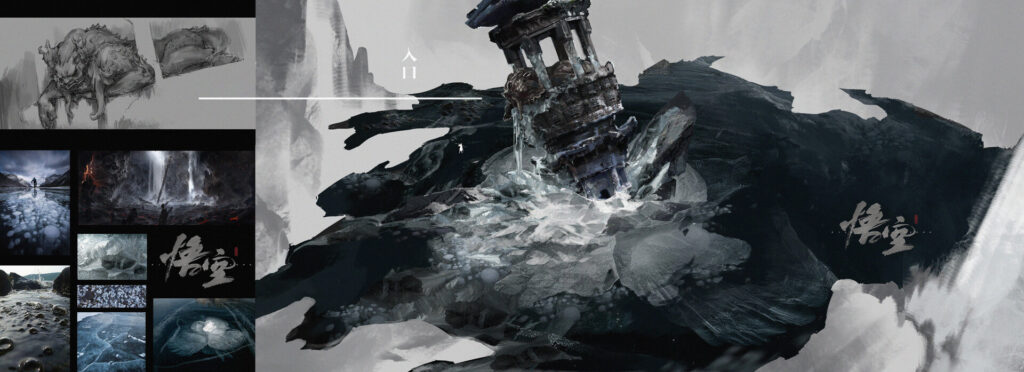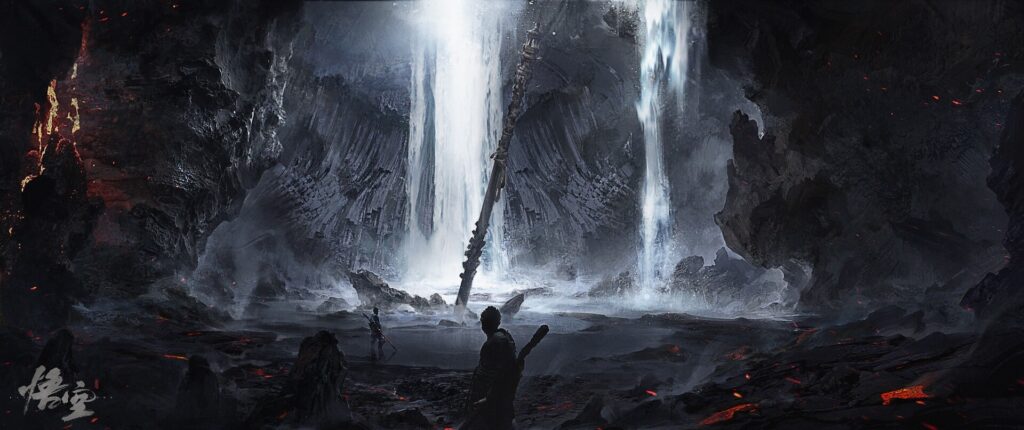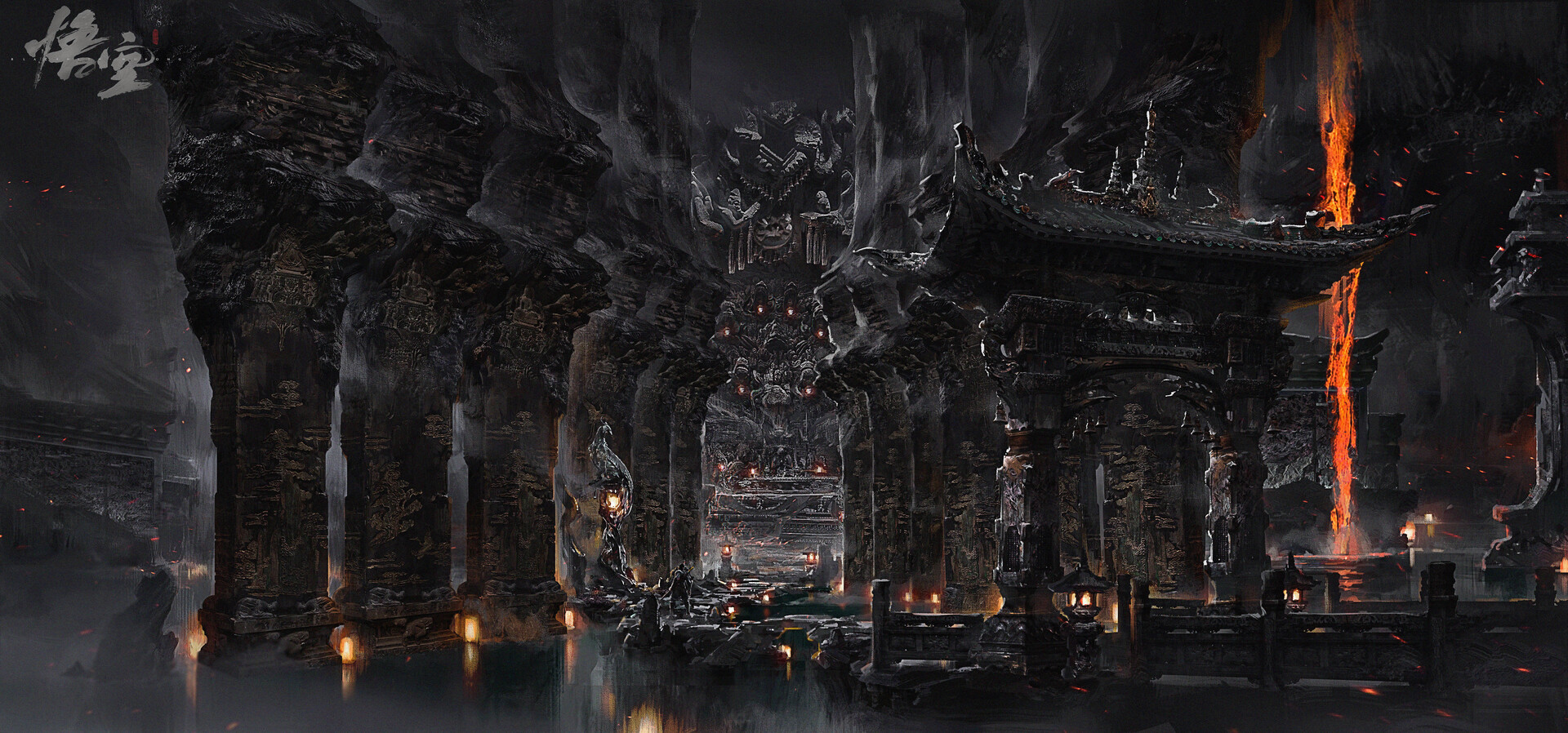“Black Myth: Wukong,” the highly anticipated action RPG developed by Game Science, took the gaming world by storm, hitting 10 million sales across platforms just three days after its release. This remarkable achievement has sparked widespread buzz online. But behind the scenes of this monumental success lies a story of intense dedication, creative challenges, and strategic decisions.
Initially, “Black Myth: Wukong” was envisioned with 13 epic levels inspired by the classic Chinese novel Journey to the West. The development team aimed to craft a narrative set after the events of the original story, drawing from the line “The Heart Monkey Returns to Innocence, Six Bandits Disappear” to create iconic locations such as Shizhuo Ridge, the Daughter Kingdom, Black Wind Mountain, Yellow Wind Ridge, and Flame Mountain. However, due to time constraints, only six of these levels were fully developed for the final release. This is why players experience a journey focusing on six key quests involving the resurrection of the Great Sage.
According to a recent interview with the Southern People Weekly, Game Science’s founder, Feng Ji, shared insights into the development process. The team originally aimed to make “Black Myth: Wukong” an ARPG (Action Role-Playing Game) due to the genre’s popularity among their team, as evidenced by Steam data showing Monster Hunter World as a top pick. This genre choice was not a mere reaction to the success of “Black Myth: Wukong” but part of Game Science’s broader vision to become the leading ARPG developer.
The game’s release on August 20, 2020, ignited immense excitement among players. To maintain this momentum, the team decided to release new promotional content annually on the same date, culminating in the official launch on August 20, 2024. Initially, they planned to release the game in early 2024 to avoid the crowded release window of major Western titles in September. However, the team faced significant development hurdles, leading them to choose the August release date instead.

The overwhelming response to the game’s teaser trailer, which broke records on Bilibili for the highest number of views for a game trailer, surprised Feng Ji. This unexpected success led to a heightened sense of responsibility and ambition for the team, pushing them to set even higher goals.
Throughout the development process, the team grappled with challenges beyond just financial and talent resources. They encountered significant issues with translation quality, discovering that the process required nearly a year to ensure proper localization and terminology. As a result, they prioritized completing the English version and planned updates for other languages later.

“Black Myth: Wukong” features over 200 unique monsters, but not all ideas made it into the final game. For instance, a highly anticipated segment featuring a massive battle against 100,000 heavenly soldiers had to be scrapped due to performance limitations with mainstream graphics cards and CPUs, resulting in unacceptable frame rates. Similarly, various level and boss changes, such as a transforming white-robed scholar and battles on the back of a giant turtle, were cut due to technical constraints or misalignment with the team’s vision.
Despite these challenges, the game’s success is a testament to the team’s resilience and willingness to adapt. As Feng Ji often says, “It’s better to cut something at the end than to claim we can’t do it from the start.” This mindset has been crucial in navigating the complexities of game development and achieving the remarkable success of “Black Myth: Wukong.”


